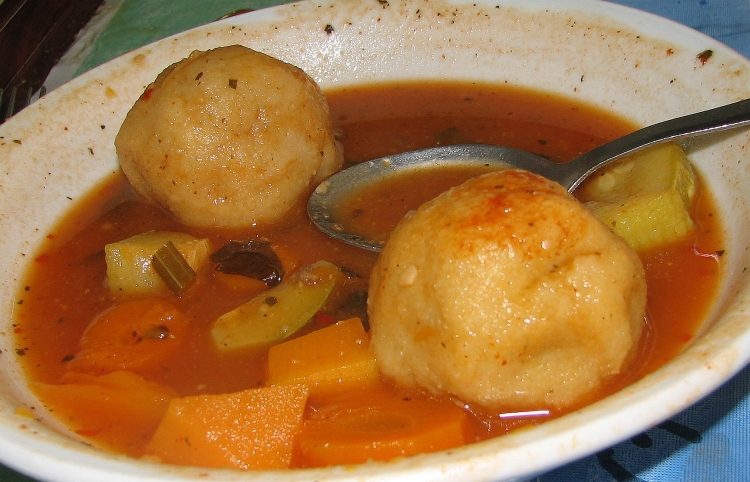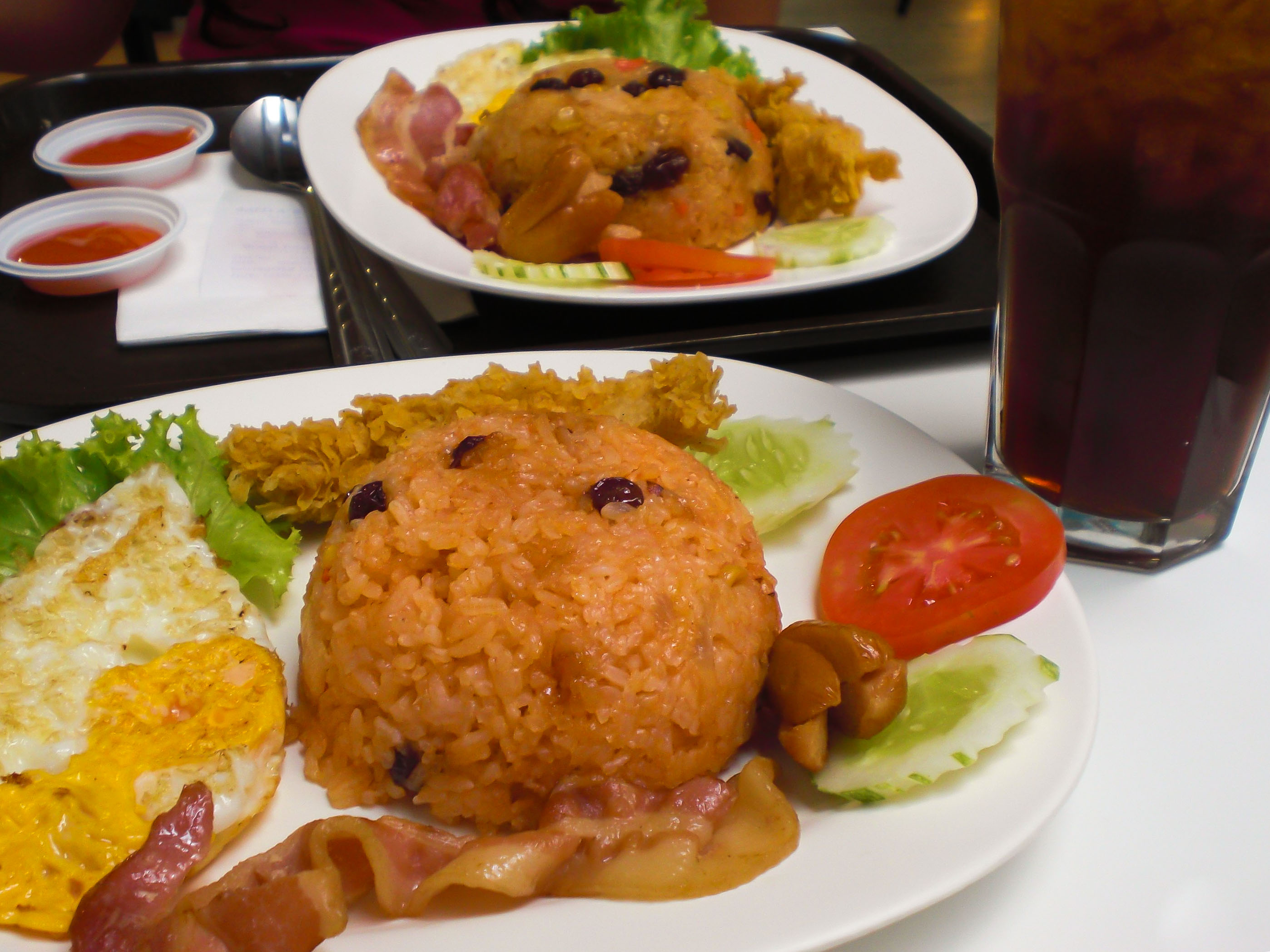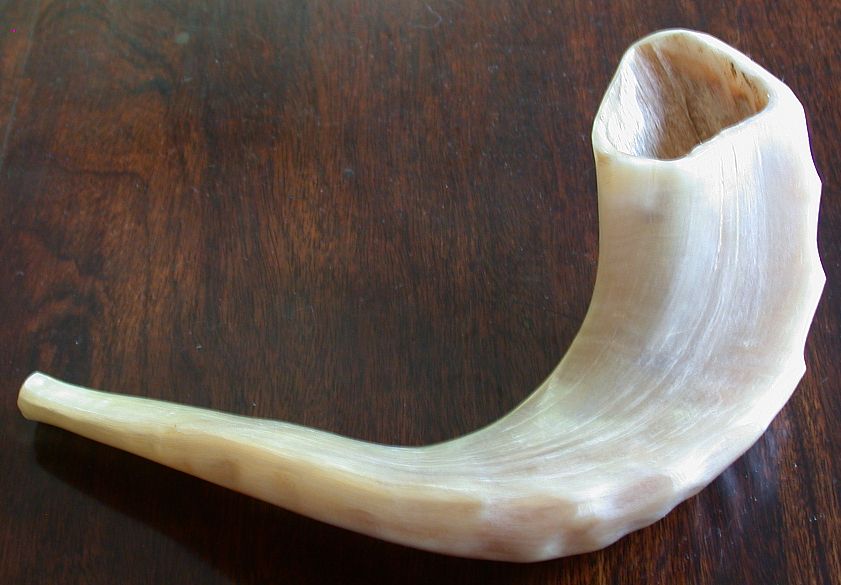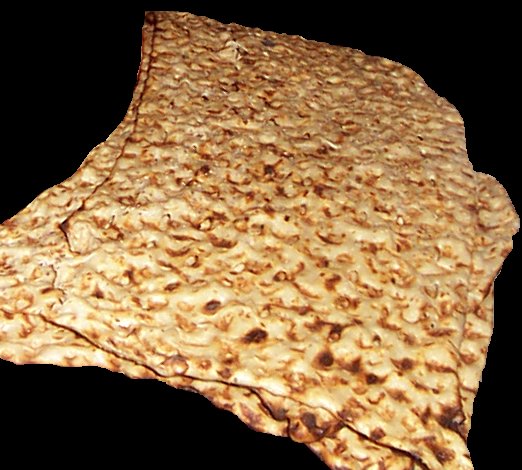|
Shirin Polo
Shirin polo, also commonly known as Persian wedding rice or Rosh Hashanah rice, is a traditional Persian rice pilaf that is commonly served to mark special occasions such as weddings.Kamran Sharareh, ''From Persia to Tehr Angeles: A Contemporary Guide to Understanding and Appreciating Ancient Persian Culture'', , p. 80 It is a simplified version of morassa' polō, .Najmieh Batmanglij, ''Cooking in Iran'', 2018, , p. 122Margaret Shaid, ''The Legendary cuisine of Persia'', 2001, , p. 78 In the Persian Jewish community worldwide, it is often associated with holidays such as Purim Pesach, Rosh Hashanah and the high holidays. Overview Shirin polo is typically served at celebrations such as weddings, birthdays, and holidays. It is steamed rice in the Persian style topped with nuts and dried fruits such as barberries, apricots, and dates. Preparation Shirin polo is typically prepared in the usual Persian way: soaking and boiling, then draining and steaming after mixing it with ... [...More Info...] [...Related Items...] OR: [Wikipedia] [Google] [Baidu] |
Barberries
''Berberis'' (), commonly known as barberry, is a large genus of deciduous and evergreen shrubs from tall, found throughout temperate and subtropical regions of the world (apart from Australia). Species diversity is greatest in South America and Asia; Europe, Africa and North America have native species as well. The best-known ''Berberis'' species is the European barberry, ''Berberis vulgaris'', which is common in Europe, North Africa, the Middle East, and central Asia, and has been widely introduced in North America. Many of the species have spines on the shoots and all along the margins of the leaves. Description The genus ''Berberis'' has dimorphic shoots: long shoots which form the structure of the plant, and short shoots only long. The leaves on long shoots are non-photosynthetic, developed into one to three or more spines long. The bud in the axil of each thorn-leaf then develops a short shoot with several normal, photosynthetic leaves. These leaves are long, simple, a ... [...More Info...] [...Related Items...] OR: [Wikipedia] [Google] [Baidu] |
Pilaf
Pilaf ( US spelling) or pilau ( UK spelling) is a rice dish, or in some regions, a wheat dish, whose recipe usually involves cooking in stock or broth, adding spices, and other ingredients such as vegetables or meat, and employing some technique for achieving cooked grains that do not adhere to each other. At the time of the Abbasid Caliphate, such methods of cooking rice at first spread through a vast territory from South Asia to Spain, and eventually to a wider world. The Spanish ''paella'', and the South Asian ''pilau'' or ''pulao'', and ''biryani'', evolved from such dishes. Pilaf and similar dishes are common to Balkan, Caribbean, South Caucasian, Central Asian, East African, Eastern European, Latin American, Middle Eastern, and South Asian cuisines. It is a staple food and a popular dish in Afghanistan, Albania, Armenia, Azerbaijan, Bangladesh, Bulgaria, China (notably in Xinjiang), Cyprus, Georgia, Greece (notably in Crete), India, Iraq (notably in Kurdistan), Iran ... [...More Info...] [...Related Items...] OR: [Wikipedia] [Google] [Baidu] |
Mizrahi Jewish Cuisine
Mizrahi Jewish cuisine is an assortment of cooking traditions that developed among the Jews of the Middle East, North Africa, Asia, and Arab countries. Mizrahi Jews have also been known as Oriental Jews (''Mizrahi'' is Hebrew: Eastern or Oriental). Jews of the Mizrahi communities cook foods that were and are popular in their home countries, while following the laws of '' kashrut''. The cuisine is based largely on fresh ingredients, as marketing was done in the local '' souq''. Meat is ritually slaughtered in the ''shechita'' process, and is soaked and salted. Meat dishes are a prominent feature of Shabbat, festival, and celebratory meals. Cooked, stuffed and baked vegetables are central to the cuisine, as are various kinds of beans, chickpeas, lentils and burghul (cracked wheat). Rice takes the place of potatoes. History Mizrahi Jews are the Jews of the Middle East, and points south and east, largely along the Mediterranean coastal areas and the Levant. In some countries ... [...More Info...] [...Related Items...] OR: [Wikipedia] [Google] [Baidu] |
Iranian Cuisine
Iranian cuisine () refers to the culinary practices of Iran. Due to the historically common usage of the term "Persia" to refer to Iran in the Western world,Yarshater, EhsaPersia or Iran, Persian or Farsi, ''Iranian Studies'', vol. XXII no. 1 (1989) it is alternatively known as Persian cuisine, despite Persians being only one of a multitude of Iranian ethnic groups who have contributed to Iran's culinary traditions. The cuisine of Iran has made extensive contact throughout its history with the cuisines of its neighbouring regions, including Caucasian cuisine, Central Asian cuisine, Greek cuisine, Levantine cuisine, Mesopotamian cuisine, Russian cuisine and Turkish cuisine. Aspects of Iranian cuisine have also been significantly adopted by Indian cuisine and Pakistani cuisine through various historical Persianate sultanates that flourished during Muslim rule on the Indian subcontinent, with the most notable and impactful of these polities being the Mughal Empire. Typical Iran ... [...More Info...] [...Related Items...] OR: [Wikipedia] [Google] [Baidu] |
List Of Rice Dishes
This is a list of rice dishes from all over the world, arranged alphabetically. Rice is the seed of the monocot plants ''Oryza sativa'' (Asian rice) or ''Oryza glaberrima'' (African rice). As a cereal grain, it is the most widely consumed staple food for a large part of the world's human population, especially in Asia and the West Indies. It is the grain with the second-highest worldwide production, after maize (corn), according to data for 2010. Rice dishes Unsorted * Aiwowo * Bagoong fried rice * Buttered rice * Kanika * Mutabbaq samak * Sayadieh See also * Arabic rice – a pilaf preparation using rice and vermicelli noodles * List of fried rice dishes * List of rice beverages * List of rice varieties * List of tortilla-based dishes * Pakistani rice dishes References {{Lists of prepared foods * Rice dishes Rice dishes Rice dishes Rice dishes This is a list of rice dishes from all over the world, arranged alphabetically. Rice is the seed of the monocot plants ''O ... [...More Info...] [...Related Items...] OR: [Wikipedia] [Google] [Baidu] |
Tahdig
Scorched rice, also known as crunchy rice, is a thin crust of slightly browned rice at the bottom of the cooking pot. It is produced during the cooking of rice over direct heat from a flame. Varieties Cape Verde In Cape Verdean Creole, the burned, scorched, or otherwise crunchy rice at the bottom of the pot is referred to as ''kokorota''. It is traditionally cooked outside, or in a semi-enclosed cooking space in a three-legged metal pot over burning firewood. In modern times, butane-powered stoves and store-bought pots are more commonly used in Cape Verde; however, the three-legged pots are still frequently used in the rural areas and when making food for parties, festivals or any occasion where large quantities of food are required. China ''Guōbā'' (), sometimes known as ''mi guoba'' (, ) is a Chinese food ingredient consisting of scorched rice. Traditionally ''guōbā'' forms during the boiling of rice over direct heat from a flame. This results in the formation of a cr ... [...More Info...] [...Related Items...] OR: [Wikipedia] [Google] [Baidu] |
High Holidays
The High Holidays also known as the High Holy Days, or Days of Awe in Judaism, more properly known as the Yamim Noraim ( he, יָמִים נוֹרָאִים, ''Yāmīm Nōrāʾīm''; "Days of Awe") #strictly, the holidays of Rosh HaShanah ("Jewish New Year") and Yom Kippur ("Day of Atonement"); #by extension, the period of ten days including those holidays, known also as the Ten Days of Repentance (''Aseret Yemei Teshuvah''); or, #by a further extension, the entire 40-day penitential period in the Jewish year from Rosh Chodesh Elul to Yom Kippur, traditionally taken to represent the forty days Moses spent on Mount Sinai before coming down with the second ("replacement") set of the Tablets of Stone. Etymology The term High Holy Days most probably derives from the popular English phrase, “high days and holydays”. The Hebrew equivalent, "''Yamim Noraim''" ( he, ימים נוראים), is neither Biblical nor Talmudic. Professor Ismar Elbogen, author of “Jewish Liturgy in it ... [...More Info...] [...Related Items...] OR: [Wikipedia] [Google] [Baidu] |
Pesach
Passover, also called Pesach (; ), is a major Jewish holiday that celebrates the The Exodus, Biblical story of the Israelites escape from slavery in Egypt, which occurs on the 15th day of the Hebrew month of Nisan, the first month of Aviv, or spring. The word ''Pesach'' or ''Passover'' can also refer to the Korban Pesach, the paschal lamb that was offered when the Temple in Jerusalem stood; to the Passover Seder, the ritual meal on Passover night; or to the Feast of Unleavened Bread. One of the biblically ordained Three Pilgrimage Festivals, Passover is traditionally celebrated in the Land of Israel for seven days and for eight days among many Jews in the Diaspora, based on the concept of . In the Bible, the seven-day holiday is known as Chag HaMatzot, the feast of unleavened bread (matzo). According to the Book of Exodus, God commanded Moses to tell the Israelites to mark a lamb's blood above their doors in order that the Angel of Death would pass over them (i.e., that they w ... [...More Info...] [...Related Items...] OR: [Wikipedia] [Google] [Baidu] |
Persian Jews
Persian Jews or Iranian Jews ( fa, یهودیان ایرانی, ''yahudiān-e-Irāni''; he, יהודים פרסים ''Yəhūdīm Parsīm'') are the descendants of Jews who were historically associated with the Persian Empire, whose successor state is Iran. The biblical books of Esther, Isaiah, Daniel, Ezra, and Nehemiah contain references to the lives and experiences of Jews who lived in Persia. Dating back to biblical times, Iranian Jews constitute one of the world's oldest and most historically significant Jewish communities. Jews have had a continuous presence in Iran since the time of Cyrus the Great of the Achaemenid Empire. Cyrus invaded Babylon and freed the Jews from the Babylonian captivity. Today, the vast majority of Persian Jews live in Israel and the United States, especially in Los Angeles, Beverly Hills, and on the North Shore of Long Island. There are smaller Persian Jewish communities in Baltimore, Maryland and the Twin Cities. According to the lat ... [...More Info...] [...Related Items...] OR: [Wikipedia] [Google] [Baidu] |
Morasa Polo
Iranian cuisine () refers to the culinary practices of Iran. Due to the historically common usage of the term "Persia" to refer to Iran in the Western world,Yarshater, EhsaPersia or Iran, Persian or Farsi, ''Iranian Studies'', vol. XXII no. 1 (1989) it is alternatively known as Persian cuisine, despite Persians being only one of a multitude of Iranian ethnic groups who have contributed to Iran's culinary traditions. The cuisine of Iran has made extensive contact throughout its history with the cuisines of its neighbouring regions, including Caucasian cuisine, Central Asian cuisine, Greek cuisine, Levantine cuisine, Mesopotamian cuisine, Russian cuisine and Turkish cuisine. Aspects of Iranian cuisine have also been significantly adopted by Indian cuisine and Pakistani cuisine through various historical Persianate sultanates that flourished during Muslim rule on the Indian subcontinent, with the most notable and impactful of these polities being the Mughal Empire. Typical ... [...More Info...] [...Related Items...] OR: [Wikipedia] [Google] [Baidu] |






